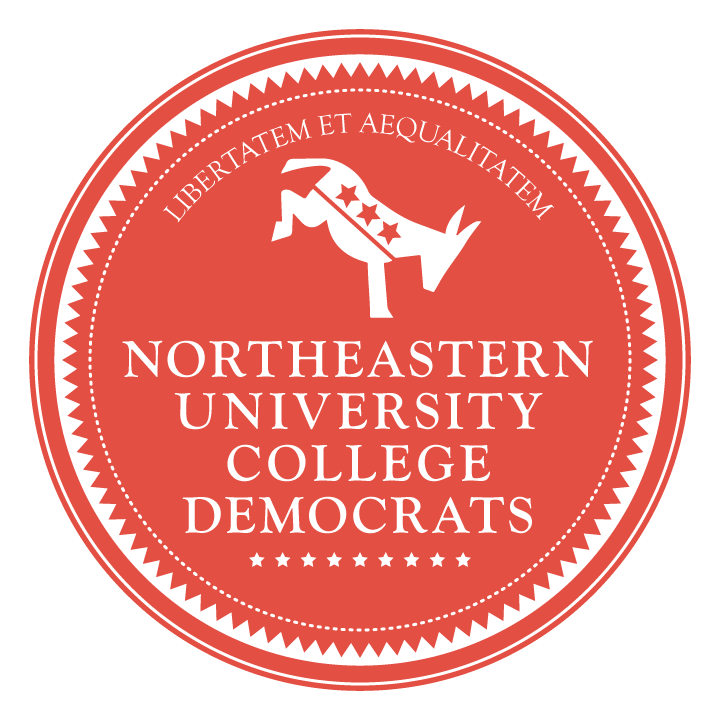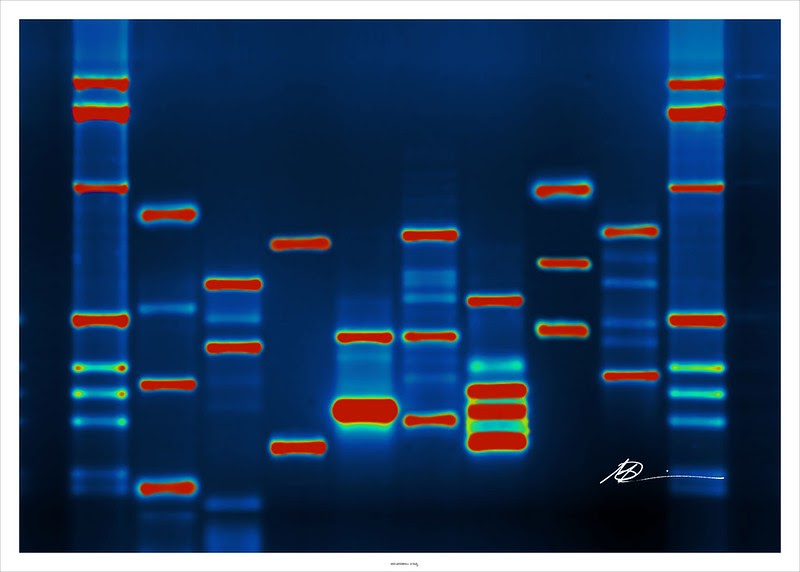
Introduction to END7
END7 at NU is a budding student group at Northeastern that is in the process of becoming official. END7 at NU is a chapter of the larger nonprofit, END7, which is working to eliminate seven neglected tropical diseases (NTDs) by the year 2020. One in six people in the world are living with NTDs, which are different kinds of parasitic or bacterial diseases infecting their bodies. The effect is detrimental at best — deadly at worst — and perpetuates the poverty cycle in developing countries; children are prevented from attending schools and adults are prevented from working. The disabilities associated with NTDs are stigmatized within many rural communities and isolate those with poor health. Using mass drug administration techniques, the end of NTDs can be achieved. One packet of pills each year treats and protects children and adults from all seven NTDs. The medicine is donated by large pharmaceutical companies, and it costs only 50 cents per packet to distribute. Less than a dollar can protect a child from debilitating diseases for one year. END7 is working to increase awareness of NTDs in the developed world, raise funds to administer the drugs, and encourage the leaders of the world to take a stand against this injustice. If we all join in the fight, “Together we can see the end.”
If you want to help or get involved, visit: http://www.end7.org/support
The parasite known as hookworm causes one of the most severe parasitic infections in human populations in the tropics, specifically in underdeveloped rural areas.[1] Hookworm is one of the most devestating parasitic diseases, second only to malaria.[2] The impact of hookworm on the global population is massive; an estimated 576 million people were affected by hookworm in 2006.[3] Hookworm greatly decreases quality of life for those living in endemic areas, reducing individual productivity and interfering with physical and cognitive development in young children.[4] Hookworm infection is the leading cause of anemia and malnutrition in rural developing areas, resulting in reproductive difficulties.[5] As with all NTDs, hookworm perpetuates the cycle of poverty by keeping children out of school, and adults out of work.[6]
Hookworm is transmitted through human feces; the individual picks up the parasitic larva through contaminated soil, where larvae can then penetrate the individual’s skin.[7] Once inside the human body, the parasite makes its way into the bloodstream of the host. The bloodstream then transports the larvae to the lungs.[8] The larvae are then able to penetrate the alveoli in the lungs, and are then coughed up by the host.[9] Once coughed into the mouth, the larvae are typical swallowed, where they travel through the digestive tract to ultimately mature into adult parasites within the small intestine.[10] Mature adult larvae lay eggs in the small intestine, which are expelled from the host through the fecal matter and are then developed in soil outside the body.[11] Some people infected with hookworm do not notice any apparent symptoms, and others have severe abdominal pain and diarrhea.[12] In most cases, anemia and malnutrition occur as a result of impaired function of the small intestine.[13] Anemia and malnutrition lead to many complications, especially impaired cognitive function and development, and difficulties with pregnancy. Hookworm infection in children leads to an estimated 43 percent decrease in future earnings, and thus puts children at higher risk for an impoverished future.[14]
Hookworm prevention and treatment can help improve the social and economic growth of rural, developing areas.[15] Methods of prevention include improved sanitation, waste management and improved access to clean drinking water.[16] Improving waste management in rural areas of developing countries is a challenge in itself, but some success has been achieved in decreasing hookworm prevalence in Iran through such efforts.[17] Treatment of hookworm is simple, especially with the current goals and organization of the END7 movement. Hookworm can be treated with anti-parasitic drugs such as albendazole and mebendazole.[18] END7’s drug package includes an anti-parasitic drug that can treat and prevent hookworm, thereby lowering the risk for anemia and malnutrition in rural, developing areas. A donation of just 50 cents treats one individual for one year. Contributing to END7’s mission will greatly reduce the incidence of hookworm infections, anemia and malnutrition, and aid in the elimination of the disease. Together we can see the end.
Jackie Boivin
Chemical Engineering ’15
Twitter handle: @jboivs
References:
- Hotez, Peter. “Hookworm and Poverty”. Annals of the New York Academy of Sciences. July 2008. <http://onlinelibrary.wiley.com/doi/10.1196/annals.1425.000/full>
- Ibid.
- Bethony, J., Brooker S., Albonico M., Geiger S.M., Loukas A., Diemert D., and Hotez P. “Soil-transmitted helminth infections: ascariasis, trichuriasis, and hookworm”. Lancet. May 2006. <http://www.ncbi.nlm.nih.gov/pubmed/16679166>
- Hotez, Peter. “Hookworm and Poverty”. Annals of the New York Academy of Sciences. July 2008. <http://onlinelibrary.wiley.com/doi/10.1196/annals.1425.000/full>
- Ibid.
- Ibid.
- Ibid.
- “Hookworm”. USAID’s NTD Program. 2009. <http://www.neglecteddiseases.gov/target_diseases/soil_transmitted_helminthiasis/hookworm/>
- Ibid.
- Ibid.
- Ibid.
- “Parasites – Hookworm”. Center for Disease Control. January 2013. <http://www.cdc.gov/parasites/hookworm/biology.html>
- Hotez, Peter. “Hookworm and Poverty”. Annals of the New York Academy of Sciences. July 2008. <http://onlinelibrary.wiley.com/doi/10.1196/annals.1425.000/full>
- Ibid.
- Ibid.
- Ibid.
- Ibid.
- Ibid.


